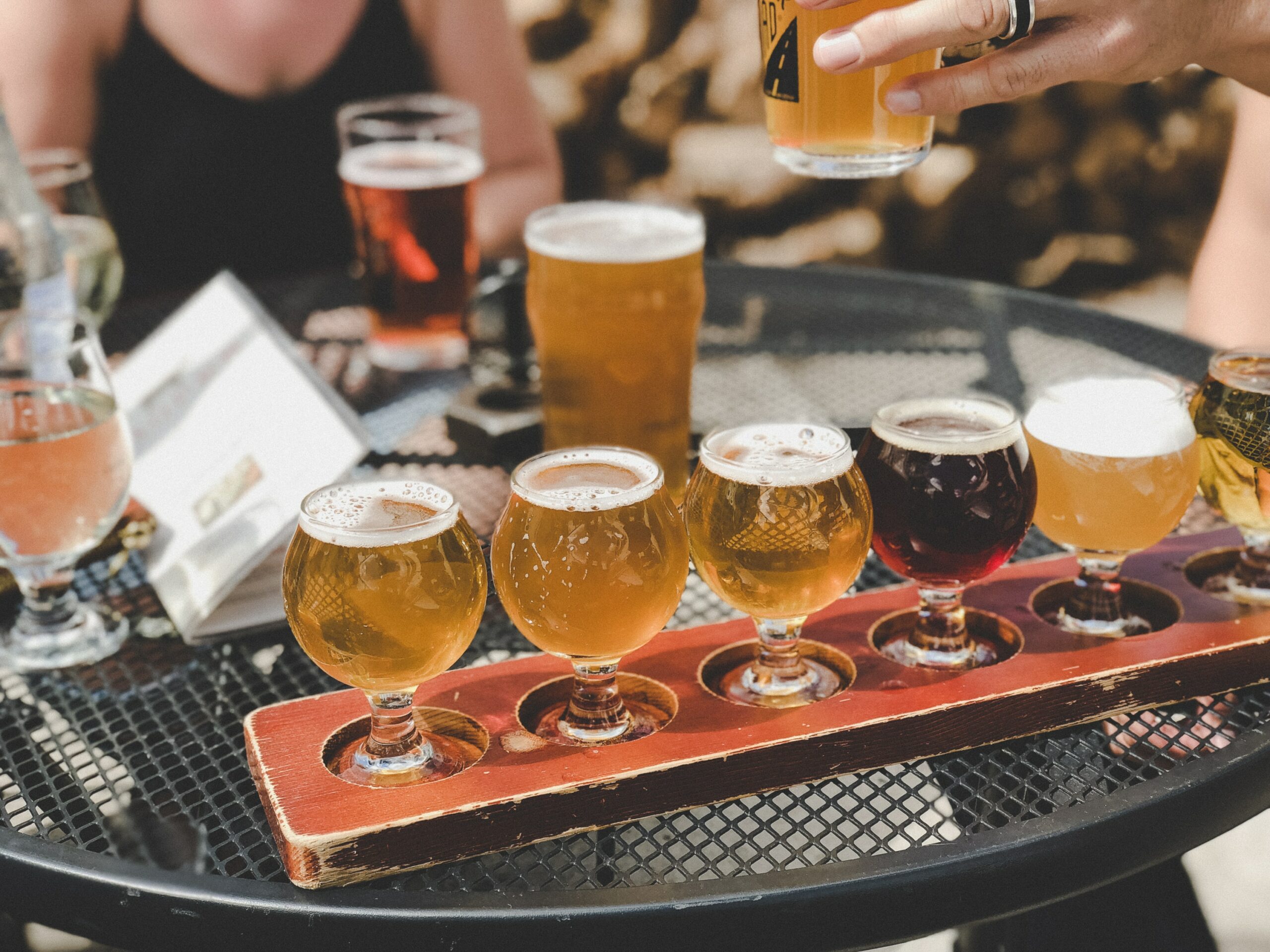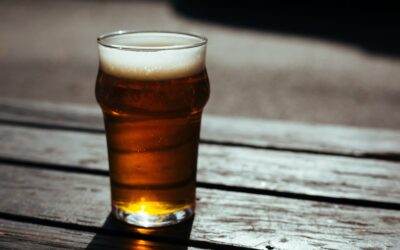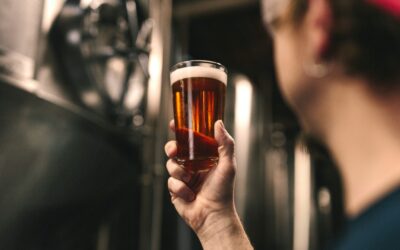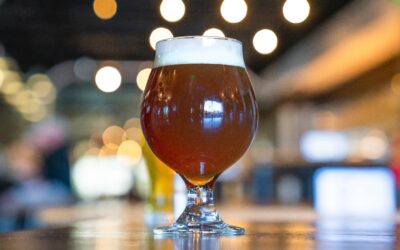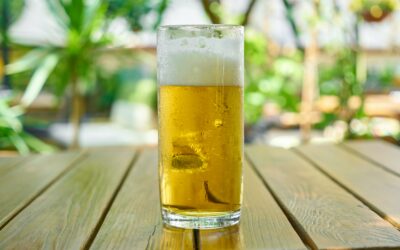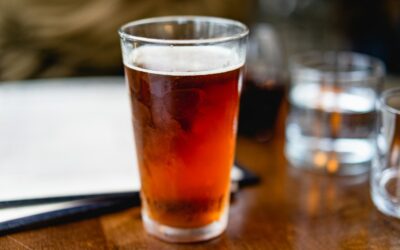The term session-strength beer, or session beer, originated in North America in the 1990s, and refers to beers of roughly 3.5 to 5% ABV, which in most cultures make up the largest part of beer sales, both in bars and the take-home trade.
Historically, the three strengths of beer in most ale-drinking cultures was different. The lightest, typically up to 3.5% ABV and called variously ‘small beer’ in the UK, ‘Malzbier’ in Germany, tafelbier in Flanders, and oud bruin in the Netherlands, were intended mainly for rehydration. Because beer was boiled during its production this made it safer to drink than the water supply, a role in which it was unrivalled until the coming of tea and coffee.
Such light beers are now rare, though no- and low-alcohol beers are on the rise, and will be featured in our style guide once any shared characteristics are clearer.
Most of the basic-strength beer now drunk in the world today is in the 3.5-5.0% ABV range. At this strength few will impress through the intensity of their flavour. Rather the trick is to create beers that entice subtly through more delicate but catchy attributes, while acting as a spur to good conversation.
Successful session styles often feature methods found by brewers and maltsters to squeeze the maximum grain flavours out of malted barley during mashing, lacing the beer through with additional character from fruitier yeast strains, and spicing it with either a complimentary or high-performance hop recipe.
Belgian session ales
Belgium is famed for its stronger ales, but also has a smaller heritage of lighter ones. Given its brewers’ reputation for inventiveness, the current vogue for lighter but tastier styles seems guaranteed to lead to more varieties emerging in the coming years.
English session ales
The classic form of draught ale in the UK is termed cask-conditioned. It is not a style as such but instead a unique and particular way of keeping beer, which rose to prominence between 1860 and 1885, and went on to become a passion for a sizeable number of British beer drinkers.
Scottish session ales
Many Scottish beers follow style rules found in the rest of the UK. However, a distinctive but elusive thread has always run through Scottish brewing, which is unique to Scotland. These older traditions have been preserved and revived as much by brewers in continental Europe and the Americas as local producers, leasing to the creation of style classifications using words like ‘Scottish’ and ‘Scotch’, which many Scots find alien.
French session ales
France has for the last twenty years been building a formidable beer culture. With more breweries than any other country in Europe and the same focus on creating local beers as applies to the creation of local dishes, several candidates are emerging for style or sub-style status, such as Hopped Saison (saison houblonée), Black Buckwheat Beer (bière de blé noir) and a variety of spelt beers.
German session ales
While Germany is strongly associated with lagered beers, until 1919 many of the leading styles of beer, particularly in its northern half, were ales. When pressure mounted to bring these under the stipulations of the Bavarian Beer Purity Order, or Reinheitsgebot, this brought challenges.
Irish session ales
Centuries of traditional Irish brewing were swept away in the 20th century by three multinational brewing companies, all but erasing the memory of local beer styles. From the 1960s to the start of this century, Irish beer consisted almost entirely of session-strength blond lagers, black stouts or reddish ales. Even the first wave of new independent breweries, founded in the 1990s, mostly emulated this range. The most Irish of styles are the ones that diverged furthest away from their English predecessors.
North American session ales
‘Session strength’ is interpreted more liberally in the US than elsewhere, likely because American beer lovers from the craft era are not great session drinkers, preferring to sample or sip their beers. US-inspired beer listings typically quote 6.2% ABV as the upper limit.

